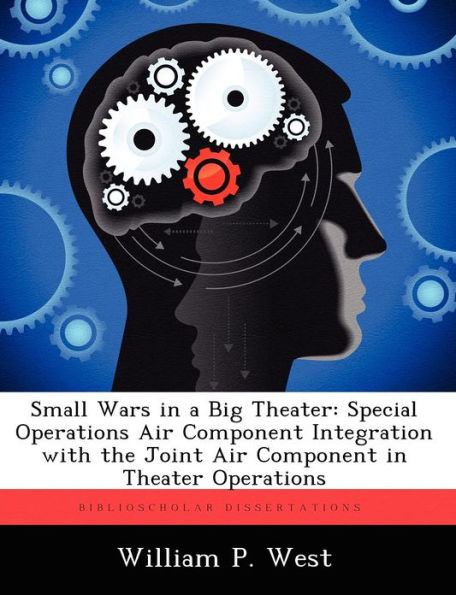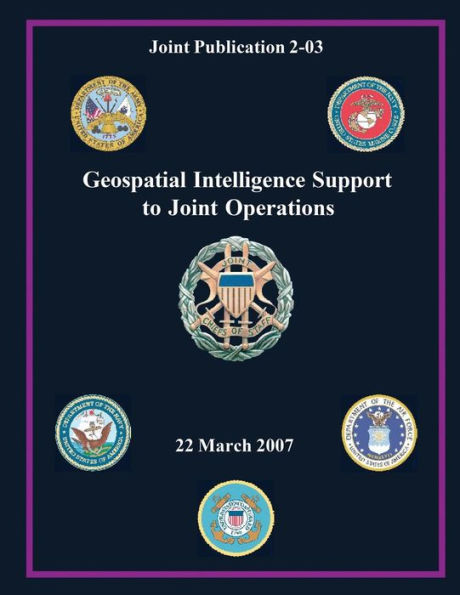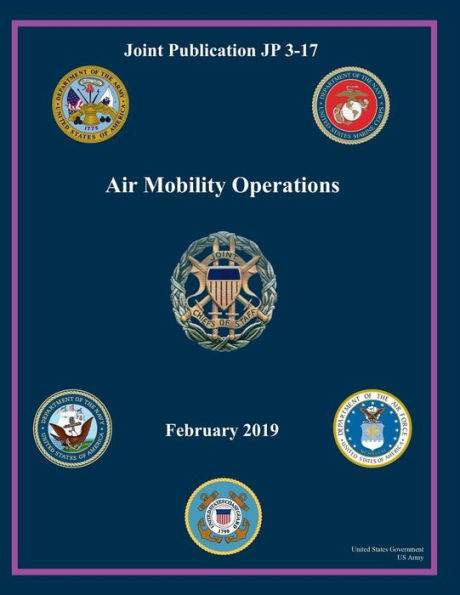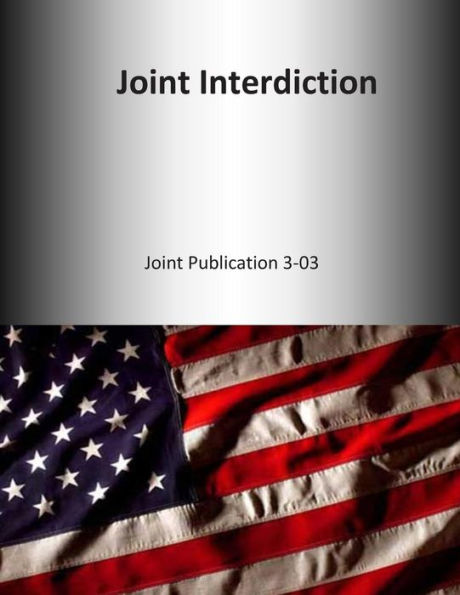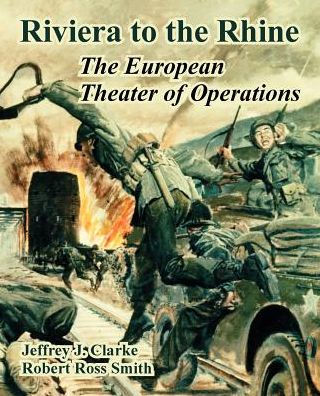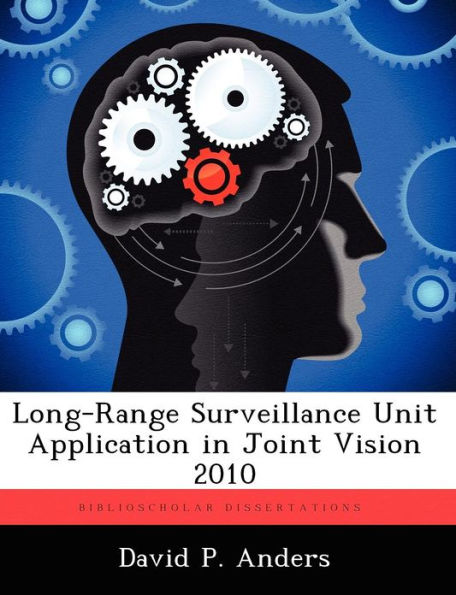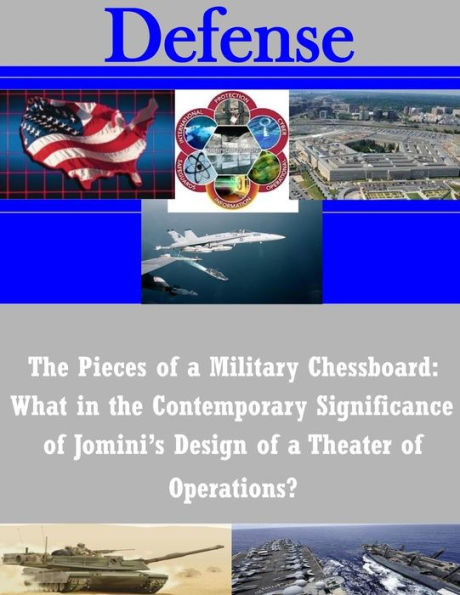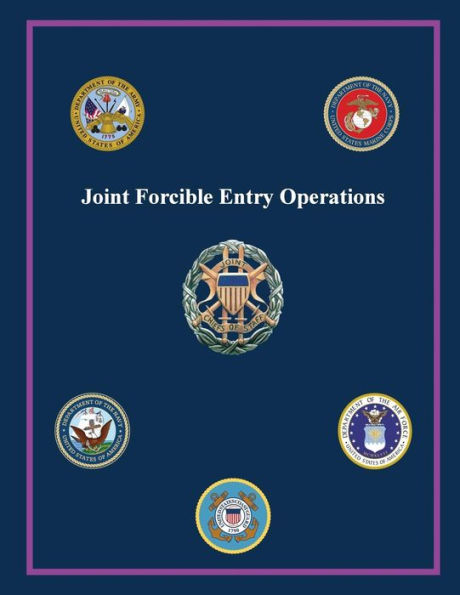Home
Joint Security Operations in Theater: 03 February 2010


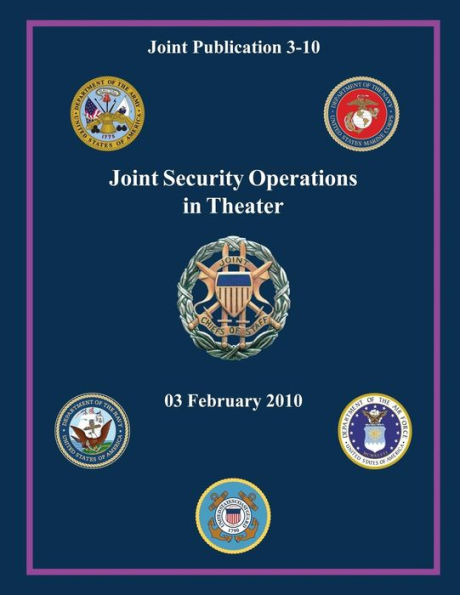
Joint Security Operations in Theater: 03 February 2010
Current price: $14.77
Loading Inventory...
Size: OS
The security environment requires that deployed military units, forward-based activities, and forward operating bases protect themselves against threats designed to interrupt, interfere, or impair the effectiveness of joint operations. Base and lines of communications (LOCs) security must be properly planned, prepared, executed, and assessed to prevent or mitigate hostile actions against US personnel, resources, facilities, equipment, and information. Joint security areas (JSAs) are increasingly vulnerable to enemy forces with sophisticated surveillance devices, accurate weapon systems, and transport assets capable of inserting forces behind friendly combat formations. Threat activities can be generally described and categorized in three levels. Each level or any combination of levels may exist in the operational area, independently or simultaneously. Typical Level I threats include enemy agents and terrorists whose primary missions include espionage, sabotage, and subversion. Enemy activity and individual terrorist attacks may include random or directed killing of military and civilian personnel, kidnapping, and/or guiding special purpose individuals or teams to targets. Level II threats include small-scale, irregular forces conducting unconventional warfare that can pose serious threats to military forces and civilians. These attacks can cause significant disruptions to military operations as well as the orderly conduct of local government and services. Level III threats may be encountered when a threat force has the capability of projecting combat power by air, land, or sea, anywhere into the operational area. Level III threats necessitate a decision to commit a tactical combat force (TCF) or other significant available forces to counter the threat. This threat level is beyond the capability of base and base cluster defense and response forces. A JSA is a specific surface area designated to facilitate protection of bases. The size of a JSA may vary considerably and is highly dependent on the size of the operational area, mission essential assets, logistic support requirements, threat, or scope of the joint operation. Base functions include force projection, movement control, sustainment, command and control. Base nodes are air bases, airfields, seaports, and sea bases. This publication provides doctrine for planning and executing operations to protect a JSA outside the homeland. It outlines the JFC's responsibilities and discusses organizational options, and command and control considerations across the range of military operations. It focuses on JSO that are designed to protect bases and LOCs that support joint operations.
